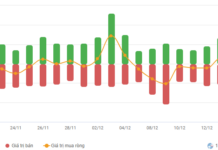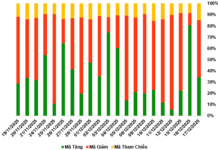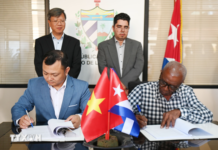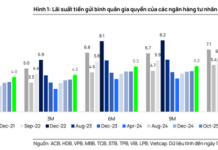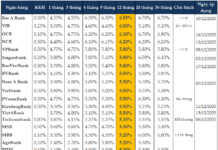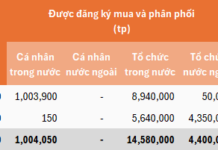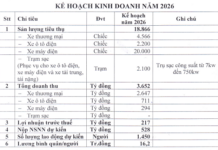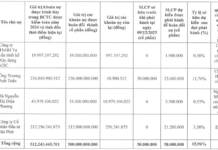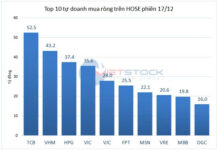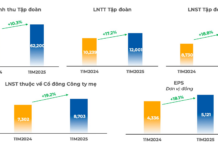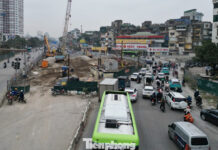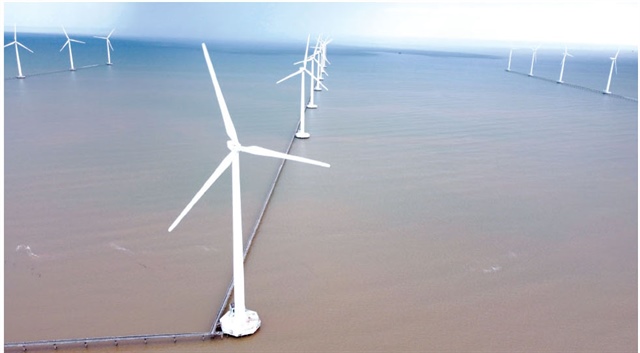
Cà Mau aims high with its vision to become the leading renewable energy hub in the Mekong Delta region and a key exporter of renewable energy in Vietnam by 2030. Photo: H.P |
According to a recent announcement by the People’s Committee of Ca Mau Province, the locality has approved a plan that aligns with Vietnam’s National Energy Development Strategy for the period up to 2030, with a vision towards 2045. Notably, Ca Mau has set an ambitious goal to establish itself as the Mekong Delta’s center for renewable energy and a significant exporter of renewable energy nationwide by 2030.
By 2030, the province aims to provide a substantial energy supply to the region, with additional project sources totaling approximately 960MW of wind power, 24MW of biomass power, 16MW of power generated from solid waste, and 15MW of rooftop solar power. The development of a synchronized transmission grid is also in the works to facilitate efficient power transmission and distribution to meet local demand.
To achieve these goals, Ca Mau will prioritize the unlimited development of renewable energy sources for export and the production of new forms of energy, such as hydrogen and green ammonia. The province has set specific milestones for energy export: 2,000MW of renewable energy by 2031, 3,000MW by 2035, and an impressive 5,000MW by 2040. Additionally, they aim to develop renewable energy sources that do not feed into the grid, focusing on hydrogen production for both domestic use and export.
The province will also tap into the potential for renewable energy in Dam Doi and Ngoc Hien districts, as outlined in the Ca Mau master plan for 2021-2030, with a vision towards 2050. This initiative is expected to yield approximately 86,248 tons of hydrogen per year. Furthermore, Ca Mau will implement programs to promote energy conservation and minimize energy losses, targeting a 7% energy savings rate by 2030 and an impressive 14% by 2045.
In the immediate future, Ca Mau will collaborate with and support the Vietnam Oil and Gas Group (PetroVietnam) to ensure the timely completion of the Khanh My-Dam Doi gas field project by the second quarter of 2027. This project is crucial for supplying gas to the Ca Mau gas-power-fertilizer complex, and the province will also prioritize inviting investment in a system of floating storage and regasification units (FSRU) capable of importing liquefied natural gas (LNG) to meet the region’s gas demand, with a capacity of approximately 1-3 million tons per year during the period from 2026 to 2030.
Currently, Ca Mau has 16 approved wind power projects in its master plan, totaling 1,000 MW in capacity. In addition, the province has received 41 new project proposals, including 29 onshore, near-shore, and offshore wind power projects (with a total capacity of 7,712 MW) and 10 gas power and other energy projects (with a total capacity of 11,934 MW).
Trúc Đào
– 11:54 28/12/2024



